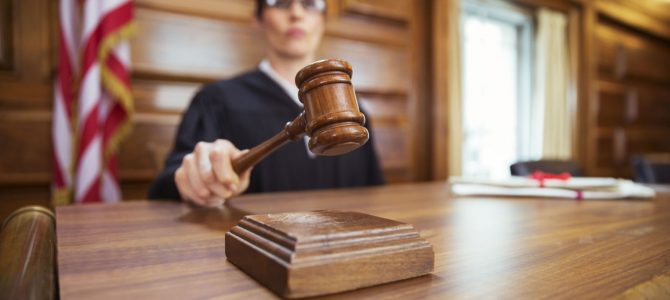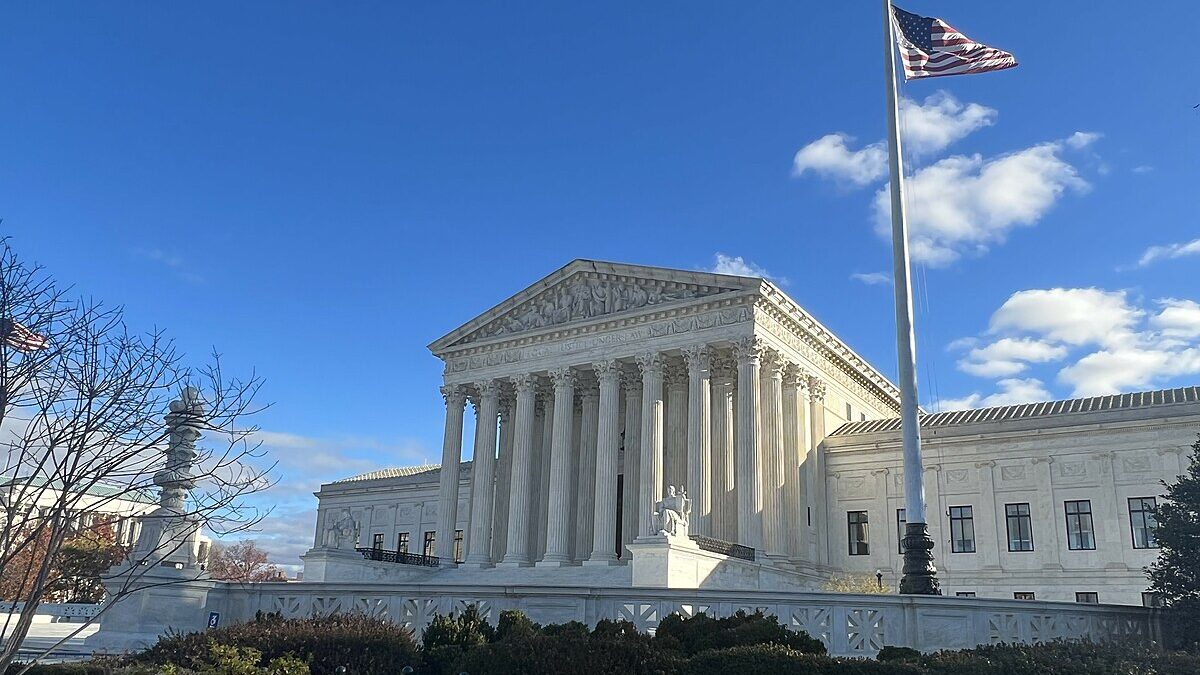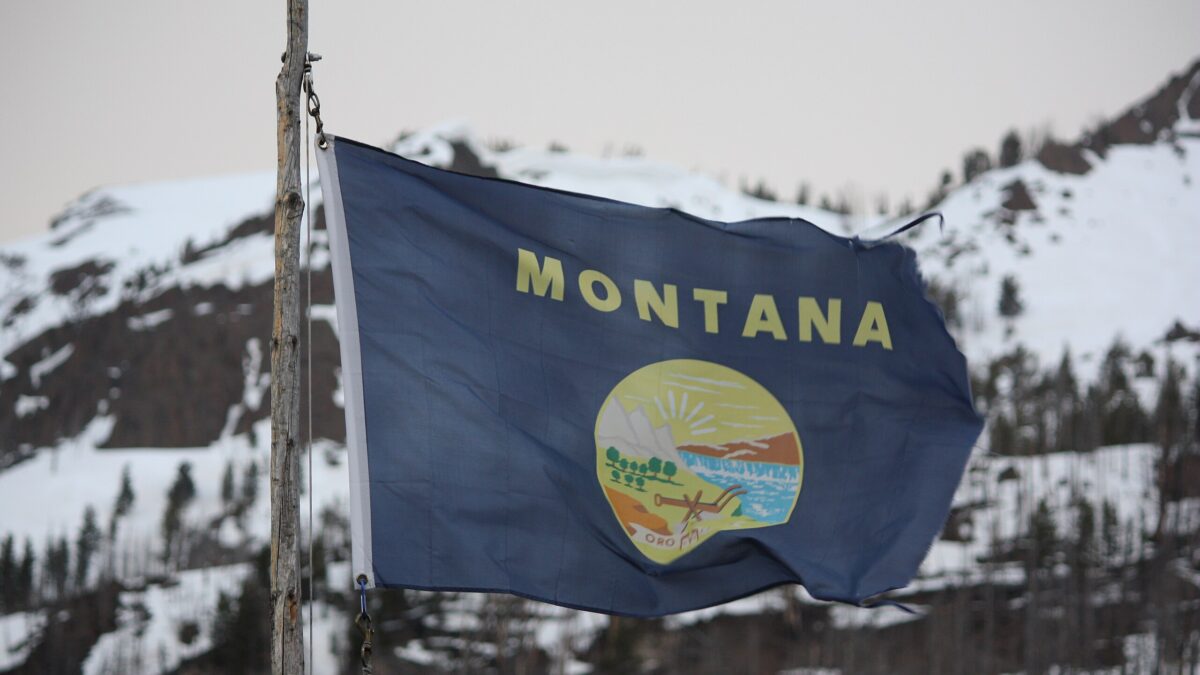
People who oppose a given government policy often cheer when the judiciary intervenes to stop it. Take the Americans who disliked President Trump’s first executive order on immigration. They were delighted that a federal district court issued a temporary restraining order against it and that the Ninth Circuit Court of Appeals upheld that action.
But such cheering can also be ill-advised, because judicial interventions in government policy always carry implications beyond the present case. Courts strive to act on legal and constitutional principle. This means that every such intervention sets a precedent for future judicial interventions. Those future interventions may cause many problems for our country, and may not even be to the liking of the people who celebrated the initial intervention.
These concerns arise even in relation to the preliminary question the district court and the Ninth Circuit had to ask before permitting the case to move forward: Do the litigants actually have standing to sue? In American law, persons and institutions cannot challenge the constitutionality of a law or executive action merely because they think it is unconstitutional. Rather, they must demonstrate some real injury the allegedly unconstitutional measure does to them in order to bring the issue before a court.
People Can Sue Just Because They Don’t Like a Law?
Properly understood, this principle is rooted most fundamentally not in the discretion of the courts, but in the Constitution itself and the limits it sets on the judicial power. Article III, which establishes the judicial power of the United States, says that that power extends to “cases” and “controversies” that arise under the Constitution and the laws. This language has traditionally been understood to restrain courts from using just any abstract disagreement or complaint as an occasion for the exercise of judicial review, which should instead only be invoked when a litigant has suffered (or is in danger of suffering) a real injury to his rights.
In the 1960s, however, the Supreme Court somewhat liberalized the standing doctrine, making it a bit easier for litigants to claim that they have suffered the kind of injury that constitutes a genuine case or controversy. Although the requirement to show standing remains in place, it is sufficiently amorphous to give activist judges great leeway to hear a case they want to decide. As the late Supreme Court Justice William O. Douglas, a noted liberal activist, wrote in 1970, “generalizations about standing to sue are largely worthless as such.”
These changes increase the power of the judiciary over American political life. Indeed, they work hand in hand with the Supreme Court’s changing approach to judicial review to expand the scope of judicial supervision of democratic self-government.
In some areas of constitutional law, the Supreme Court has backed away from the traditional presumption of constitutionality, making it easier for judges to nullify the actions of the elected branches of the government. At the same time, the liberalization of the standing doctrine has made it easier to take more cases that can serve as the occasion for this expanded power of judicial review.
What’s Good for the Goose
It is in this context that the district court and the Ninth Circuit panel could plausibly find that the states of Washington and Minnesota had standing to bring their suit against the president’s initial executive order. But with what injury or damage were they threatened? According to these state governments, the executive order harmed them because it prevented teachers who worked at their universities and students who enrolled at those universities from entering the United States. The courts accepted this line of reasoning. After all, the ability to secure the services of these teachers and the enrollment of these students is a hard matter of dollars and cents to the states’ public universities.
Again, opponents of Trump’s restrictive approach to immigration policy applauded this judicial intervention—and therefore approved the courts’ recognition of the litigants’ standing in this case—because it threw a road block in Trump’s path. It is easy to see, however, that a liberalized doctrine of standing could be invoked by other state governments motivated by very different political considerations.
Simply put, if liberal state governments can show standing to sue in order to impede what they regard as a too restrictive immigration policy, then presumably conservative state governments can show standing to sue in order to impede what they regard as a too permissive immigration policy. This has already happened in a somewhat different context: the state of Texas’s lawsuit against President Obama’s deferred deportation program for the illegal immigrant parents of American citizens and permanent legal residents. It is worth pondering what the future might look like if the courts take us further down this path via a permissive notion of the ability of states to sue to block the implementation of federal policy.
Suppose an executive order—perhaps issued by a liberal president—loosened up the standards by which immigration authorities determine which immigrants are likely to become a “public charge.” A permissive approach to standing might induce some state government to bring a suit against the order, claiming its implementation would cost the state money by bringing in immigrants who will end up on public assistance.
For that matter, such a state might claim a right to sue to prevent the execution of immigration standards that permit high levels of low-skill immigration because it drives down wages. After all, if a state’s income tax only kicks in at a certain level of income, the state will realize less revenue from a large pool of low-wage laborers than it would from a smaller pool of laborers earning higher wages.
Watch Where This Idea Goes, and Fast
It is also worth remembering that in the case over the president’s first executive order on immigration, the Ninth Circuit upheld a temporary restraining order issued by a district court that applied to the nationwide enforcement of the order. This leaves us to wonder whether an expansive view of standing carries with it the possibility that some state in the future can enlist some lone district court judge in imposing a more restrictive immigration policy on the whole country than has been designed by the political authorities who answer to the electorate.
This is not all. In seeking judicial relief from President Trump’s initial order, Washington and Minnesota contended not so much that the order was an excessive use of the executive power. Their core complaint was rather with the substance of the restrictions themselves. Accordingly, the liberalized approach to standing that permitted them to sue opens the door to the possibility that future states will have standing to sue not just to block executive orders on immigration, but even to seek the invalidation of laws enacted by Congress itself.
Suppose Congress had passed a law doing exactly what was in the president’s executive order. There is nothing in the approach to standing that guided the Ninth Circuit to prevent some state from bringing suit to get some court to declare the law unconstitutional—despite the fact that regulating immigration has always been understood to be clearly within the legislative power. After all, the harm to state interests would be exactly the same. Again, a similarly expansive application of this notion of standing might permit other state governments to sue to get some court to void an immigration law that the state officials in question regard as too permissive.
Welcome to Fully Politicized Courts
One can imagine two possible futures, either of which is troubling. To avoid the problems identified here, future courts may find some way to recognize standing in some cases but not in others. Could such distinctions be defended as resulting from completely neutral principles of law? Probably not. Granting standing to states in such cases carries with it the very real danger of appearing to politicize the courts, and in relation to a highly sensitive issue that provokes strong emotions on both sides. Prudence would seem to counsel against the courts involving themselves, and their reputation, in these matters.
The alternative is that the courts will be consistently generous and grant states standing to sue both when they oppose restrictive polices and when they oppose permissive ones. This will amount to the fine-tuning of the country’s immigration rules by judges who have no expertise in the matter, have no constitutional authority over it, and do not answer to the national electorate, at the behest of state governments with no expertise in the matter, no constitutional authority over it, and also do not answer to the national electorate.
We could view this as states determining immigration policy by using compliant courts as their weapons. Or we could view it as courts making immigration policy by using state complaints as the occasion for the exercise of judicial activism. Either option undermines constitutional self-government, since the Constitution contemplates that immigration policy will be made by the political authorities—Congress and the president—who answer to the American people.
It is easy for modern Americans to approve a permissive doctrine of standing. It sounds humane, because it makes it easier for citizens to assert their rights (or what they claim to be their rights) in court. It therefore facilitates the American desire—noted by Alexis de Tocqueville as early as the 1830s—to turn every political question into a judicial question.
Yet every expansion of this right to bring constitutional challenges before the courts comes at the expense of another important right—the right of the people to govern themselves through their elected representatives. This cost should be kept in mind and should temper our impulse to cheer every time a policy we dislike is derailed by a lawsuit.









